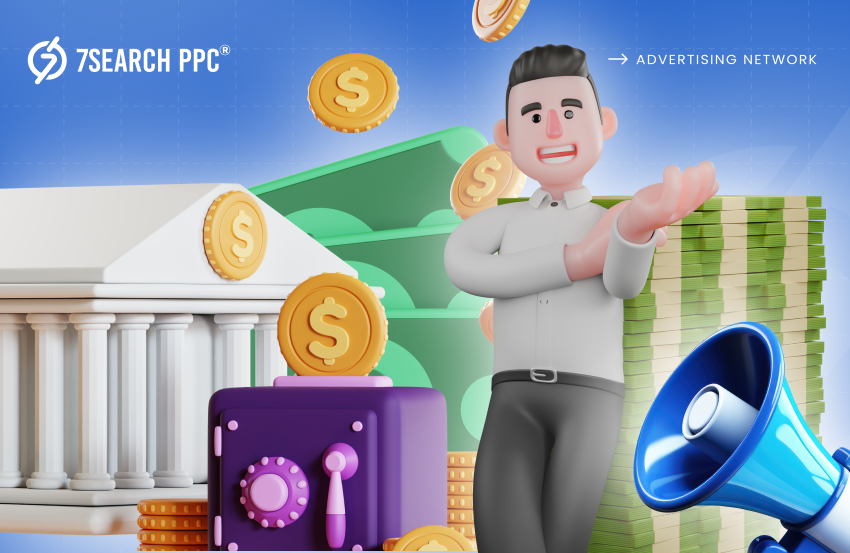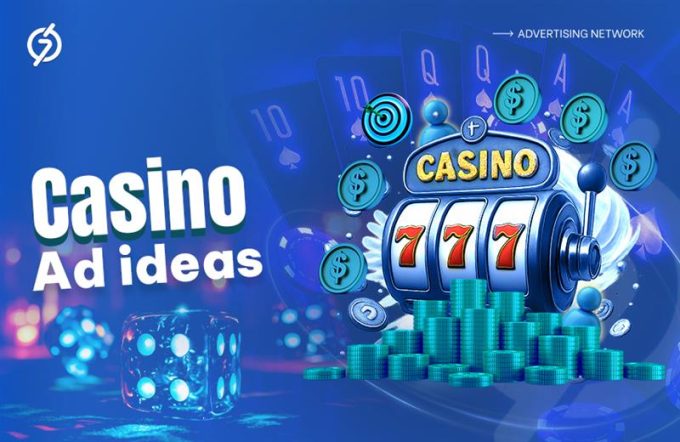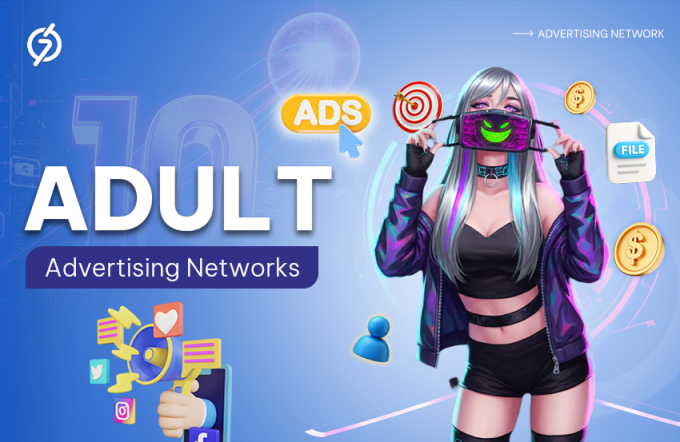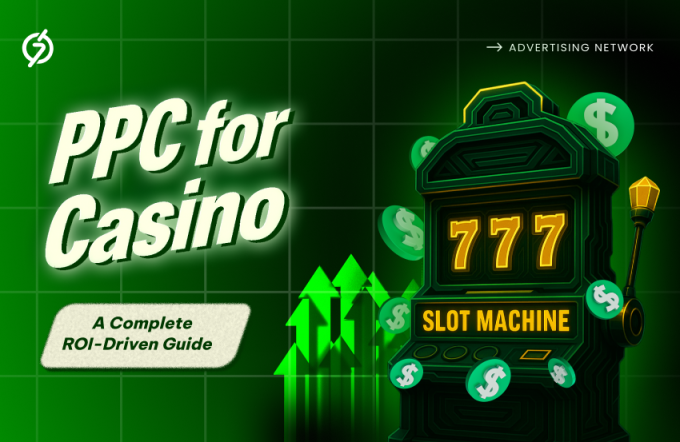If you’ve ever used an app for mobile banking, made payments through a digital wallet like PayPal, or even traded in the stock market through a phone, you have successfully utilized the power of Fintech.
Now, if you got inspired by one of them, grew a fintech business of your own, and are now looking to market it, you’ve come to the right place. But the thing is, you’re not alone in this. There’s a whole rat race ongoing, fighting with the best possible fintech marketing strategies.
According to Statista, there were almost 29,955 fintech startups globally in the year 2024 trying to take the spotlight. But with the challenge also comes opportunities. More people are rapidly shifting to use technology for their finances, leaving you with a greater audience to serve.
To ensure that your promotions reach the right people in the right way, we have a few strategies that we’re going to share with you. Read on to find out what fintech marketing is and how you can best utilize it to make your business win this race.
What is Fintech Marketing?
Fintech marketing involves strategies and tactics that are used for the promotion of fintech products, services, and businesses. They compete with other fintech companies and traditional finance institutions by making their offerings reach the right type of people.
But what exactly is fintech? Fintech refers to mobile apps, software, and other technologies that automate and improve traditional financing functions. These can include payment apps, investment apps, asset management platforms, robo-advisors, etc. It simply integrates finance with technology, calling it fintech.
What You Can Do With Fintech Marketing
Now, if you’re wondering why fintech companies need to market, the answer is simple. It is to compete with other similar businesses, as well as with traditional finance services. People are generally skeptical about trusting their finances with a third party, so they stick to old methods. This is why businesses explore fintech marketing as a way to make potential customers trust them and use their services.
Each strategy is backed with proper data and leads with a certain goal in mind, including:
- reach within users who have already shifted or want to shift to fintech
- increased brand awareness and recognition
- improved trust and credibility of the business
- better traffic to the website and lead generation
- drive more signups and sales
- retain existing customers for a longer term
But the question remains, when to use which strategy? Let’s find the answers.
Fintech Marketing Strategies That Set You Up For The Win
Let’s be real: fintech marketing is as complicated as the sector itself. But does that mean there’s no hope for startups? Not really. It’s all about finding the right strategies that make your business grow. Here’s to list a few.
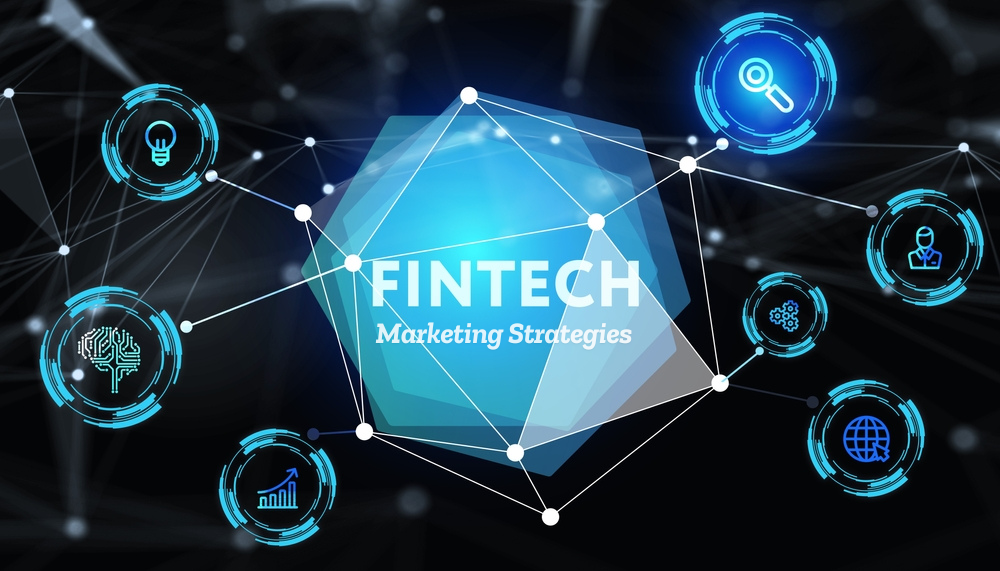
See where your audience stands
Fintech is a fairly new and complicated sector that intimidates plenty of people all across the world. For this reason, fintech businesses need to trudge carefully and understand their audience first before everything else.
Your target market depends on the type of service you offer. Based on that, it can range from tech-savvy individuals to businesses looking to streamline their services.
You can also group your audience based on their understanding of the fintech market. This can be those who are completely unaware of fintech services like underbanked and unbanked populations, those who know how fintech works and rely heavily on it, like financial institutions and SMEs, and the ones with a negative perception of it
Check for consumer behavior and market trends to identify any untapped audiences and future opportunities.
Educate, don’t sell
As we just said, the fintech market has a huge, diverse audience. But this becomes a problem when financial literacy is concerned. According to World Economic Forum, data from the 2024 index revealed that financial literacy in the United States has hovered around 50% for the past 8 years, with a 2% drop in the past two years. In India, reports show that only 27% of the audience is financially literate.
These conditions call for education first instead of aggressive selling. You can use content marketing to let the audience know what fintech is, what they are missing out on, what you offer, and how you can help. Become a thought leader and create:
- videos for complex fintech topics to make them easy to grasp
- informative blogs that inform users on evergreen topics and upcoming trends
- infographics that present data and information in a clear format
- newsletters to give your potential customers regular insights into the fintech world
The more you let your audience know what they can gain, the more open they will be to try out your service.
Leverage PPC Advertising
If you’re looking to target a very active fintech user base to generate leads and sales quickly, then PPC advertising is your best bet. This is where you bid on fintech-related keywords and show up on search results and website pages when a user searches for these terms.
Launch Your Financial Ad Campaign
Take a look at these fintech PPC advertising basics:
- Targeted Reach: Campaigns can be targeted based on demographics, online behavior, and location of the users. You can make your ad campaign reach a very specific audience at very specific GEOs.
- Real-Time Bidding: PPC advertising offers a real-bidding system where you compete with competitors for ad space on the web in real time. You bid on keywords, others do, too, and whoever wins the bid gets to display their ad.
- Automation: Probably the best part about PPC advertising is that it is completely automated. Once you set up your campaign, add the creatives, enter your goals, limit your targeting and budget, and make it go live, your campaign will do everything automatically.
- Live Analysis and Changes: Fintech is a dynamic and always-evolving field. One great benefit of financial advertising is the ability to perform live analysis and make changes as marketing trends come and go.
Many fintech ad platforms offer all these (and more) services under one interface, which makes your tasks ten times easier.
Make Use of Social Media
Do you know how many people turn to social media rather than their banks for financial guidance? According to reports by Deloitte, it’s 25% of 18-24 year old banking customers. One in five people in this age group invest based on social media recommendations, with about 48% of them having invested between 100-500 Euros.
Now this is the power of social media, which you should definitely not skip out on. You can reach a wider set of people, create direct contact with them, and make them trust you by providing invaluable information.
Just remember, there’s no one-size-fits-all approach when it comes to social media. It’s all about researching what your consumers want to see and how they want to see it. You can test with:
- paid ad campaigns that reach specific social media users
- organic postings that provide knowledge
- fun, entertaining, and relatable posts that pull in followers
- consistently engaging with followers to turn them into customers
Work with one platform first, where the majority of your audience is, and see where it takes you. The more you get a hang of it, the better your fintech marketing efforts will be.
Get on with Influencers
You know how more and more people look for financial guidance online. A large part of this guidance comes from influencers. And not just finance influencers, but also tech influencers.
These influencers are people with specialized knowledge and expertise in the fintech sector who use their platform to spread their opinions. Each one is known for their authenticity and unique approaches. They can either have a large or small following of people, but what matters is how many people actively engage and listen to their views.
By collaborating, you can get them to put in a good word for you. You can ask for sponsored posts, product collaborations, giveaways, and affiliate marketing or request them to become your brand ambassadors. This way, you create brand awareness for your business, establish credibility, and get higher leads and sales.
SEO Initiatives
Imagine that you’re doing all sorts of paid promotions. The results are great so you continue with it. But one day, you are bound to run off your budget. What then? Even when you don’t want to, you will have to stop your promotions. This is the reason why you shouldn’t solely rely on paid promotions.
And when it comes to organic fintech marketing, SEO is a strategy that cannot be skipped.
SEO builds your organic presence on the search engines and works to improve its ranking. When someone searches for a specific fintech term, your website shows up at the top without even paying for it. This is a result of:
- On-page SEO that optimizes the content and structure of the website, including blog posts, meta descriptions, URLs, etc.
- Off-page SEO that involves building links from other websites to your website via guest blogging, outreach, etc.
- Technical SEO which works to improve the technical aspects of the website, like site speed, crawlability, site architecture, etc.
It’s a great long-term promotional approach to build your business.
Consistent Branding Efforts
For most people, money and wealth is a very personal topic. The way they perceive it, utilize it, invest it, and spend it. Values and priorities they hold regarding it also differ vastly. So what does this mean for you?
This means that to succeed, you will have to align your values with those of your target audiences. And this will come from branding.
If you don’t know what branding is, it’s the unique identity you create for your business. It’s in:
- the visuals (logo and designs- from the typography to the color pallets and imagery)
- the verbal tone (how you communicate with people- whether casually like a friend would or professionally with a suit and tie on)
- unique selling proposition (that differentiates you from your competitors)
An exceptional example of fintech branding is Robinhood. The stock and trading app sets itself apart with the USP of providing commission-free trading. They aim to make wealth creation accessible to everyone, and not just the affluent. With minimalist elements and imaginative illustrations that make the brand more lively, they have won over a lot of younger audiences.
You can go over other fintech marketing examples to get a better idea of how it works.
Building up a Community
Fintech marketing campaigns boom when you have a whole community dedicated to you. Imagine a large group of people advocating for your business and recommending it to others- not because they want something in return, but because they trust your business that much. But for this, you will first have to create a space that makes people feel like they belong.
To begin forming a community, you first need to find an emotional connection with users. This can be done by:
- creating an open-to-all community on platforms like Reddit, Facebook, and X
- solving common queries and challenges of the members
- airdropping tokens into their wallets as rewards
- answering FAQs to establish trust and credibility
- conducting polls and surveys to get a deeper understanding
- giving genuine advice and honest opinions
Many fintech startups begin forming communities right from the bottom while they are still in the development phase. They involve the community members in activities like beta testing and feature suggestions, making them feel like they’re watching a child grow. Amongst this, they also find multiple investors for their business.
Gamification
If you want to make financing fun for people, then simply gamify it.
Interactive spin-the-wheel, leaderboards, progress bars, streaks, and other game-like elements are the real deal right now. You incorporate it into your app/website and give out multiple rewards, badges, collectibles, and incentives to users when they engage. Right from the smallest brands to the biggest ones are implementing it in their fintech marketing strategies, and it’s high time you did it as well.
The intent behind this? Money management already intimidates a lot of people. But when you make it fun, approachable, and pleasurable, more people will be open to try it out.
Gamification Advertising: The Key Factor to Increasing Engagement
Provide incentives
The way into a fintech user’s heart is through incentives.
To keep them coming back for more, you must make them feel like they are gaining something, too. But one-time rewards and offers won’t do anything. You need to go all in. Think of how Google Pay keeps rewarding its customers after every other transaction- with cashback, brand vouchers, bonuses, discount offers, and much more.
But why do they keep doing that? One reason is to bring users back on their app, compelling them to make one more transaction. Another reason is that if they won’t, someone else will.
To stay relevant, you need to step up and incentivize your existing and potential customers, too. Start by:
- offering frequent cashback
- providing joining and referral bonuses
- cash prizes and rewards
- discount offers, bonuses, and vouchers
- free services (like zero maintenance fees for two months)
The more you offer, the longer they will stay.
Conclusion
There’s nothing quite like seeing your fintech business soar. The industry is going to present many opportunities as it grows. But the only way to effectively leverage them is to know when to use which fintech marketing strategy. Make the right observations and experiment as much as possible to see how you can reach a wider audience– whether it’s through PPC advertising, influencers, unique branding, attractive incentives, or something entirely different.
Frequently Asked Questions (FAQs)
What is fintech?
Ans. Fintech, short for financial technology, is the use of technology to provide financial services and carry out finance activities. It includes services like mobile baking, investing and blockchain-based apps, digital payment systems, robo-advisors, etc.
What is fintech marketing?
Ans. Fintech marketing involves strategies and tactics used for the promotion of fintech businesses, products, and services. They are used to reach and attract a wide group of audience to your services.
How can I promote fintech?
Ans. You can promote fintech by understanding what your audience finds challenging and needs in order to tackle it. See where they stand, build your brand, and promote with the right fintech marketing strategies accordingly.
Which is the most effective fintech marketing strategy?
Ans. For the short term, PPC advertising is the most effective as it helps you reach very targeted active users. But for the long term, your community and SEO positions play a crucial role.
How can I differentiate my fintech business in this competitive market?
Ans. You can differentiate your business in this competitive market by creating a unique identity for yourself, finding a unique voice, and highlighting your USP using the right fintech marketing strategies.

